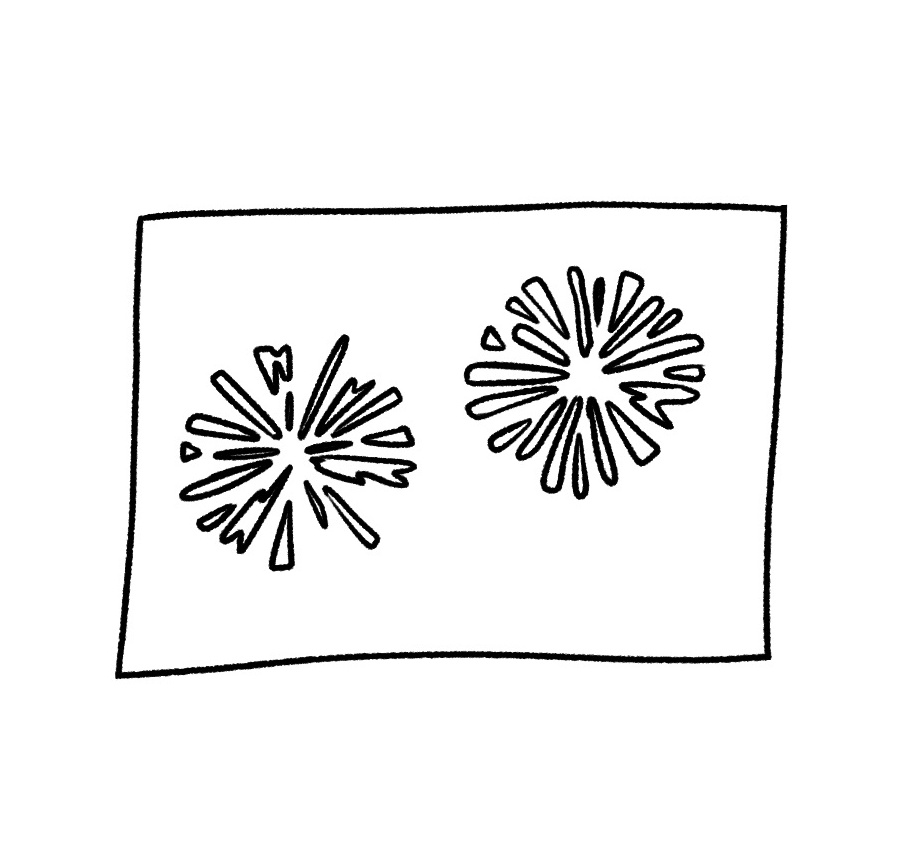Learn about the structure of fungi and use them to create art as we make spore prints from mushrooms. A fun and fascinating nature art and science project!

How to make mushroom spoor print pictures
This project is a wonderful combination of nature art and science as we learn about the structure of mushrooms and use them to make prints. It is a great lesson to include as part of your forest school activities or kids gardening activities
In this article you can:
:: follow a step-by-step science experiment
:: learn about mushrooms and spores
:: create nature art using natural materials
:: explore the art practice of print making
Watch our Printmaking Masterclass
Click play on the video above to see ten great ideas for art lessons for children using printmaking techniques. The video gives you art activities for kids of all ages, using simple materials.
These printmaking activities are perfect art lesson for teachers in school and parents and homeschoolers. Subscribe to NurtureStore’s YouTube channel to get more art lesson videos!

Materials needed to make mushroom spore prints
:: freshly picked mushrooms (store-bought will not work)
:: piece of paper
:: plastic box with lid or food bag
:: gloves
:: pipette or spray bottle with water
:: knife
:: artist spray or hairspray (optional)

Did you know you can create art from the mushrooms growing in your forest classroom by making spore prints?
Spores are the tiny seeds that fall out of mushrooms and making a print of them can help identify what kind of mushroom they are, grow new mushrooms, and create beautiful art.
Mushroom safety
Some mushrooms are poisonous so take great care to identify your mushrooms and only use ones which are safe to handle.
Check with an adult, wear gloves all the time you are handling them, don’t eat the mushrooms or touch your mouth with your hands, and wash your hands after handling them.
Gather some fresh mushrooms from the forest, with a few different varieties if possible. (Store-bought mushrooms will not work for this printmaking, as they will have already dropped their spores.) Don’t take too many, leaving enough for other animals to eat.
How to make mushroom spore prints
To create spore prints first use a knife to carefully cut the stems off the mushrooms. We will use the caps for printing.
Place a piece of paper inside a plastic container or food bag.
Then place the mushroom caps, gill-side down, on to the paper. You might like to create a design using a variety of types and sizes.
Using a pipette or spray bottle, place a drop of water onto the top of each mushroom cap.
Put the lid on the container or fasten up the food bag and leave it somewhere flat, still, and safe overnight.

The next day, carefully lift up the mushroom caps to reveal the spore print underneath. Lift up each mushroom gently so as not to smudge the spores.
Do all the spore prints look the same?
Maybe you have some different colours?
Take a close look at the radiating pattern of the spores, which match the pattern of the mushroom’s gills.
You can spray your spore print with artist spray or hairspray to help preserve it.

Download your complete Nature Journal kit
This activity is taken from our Nature Explorers: Forest nature journal kit. This is the perfect nature curriculum for children who have a special interest in animals, love drawing, being outdoors, and being active.
Every page of the Nature Explorers journal gives your children something interesting to read, draw, colour, write or make. You can use the whole book in the given order or mix-and-match to suit you alongside your time outdoors. You’ll know your children are developing their reading and writing fluency and their science knowledge, while still spending a childhood outdoors in the fresh air.
The journal is full of special animal feature pages, activity ideas, and art projects to try in the forest, plus quizzes and questions to consolidate their learning. And your kids will love the two sets of animal cut-out models that are included: forest animals and bugs! They can colour them in, cut them out, and easily assemble them for play or to create model forest dioramas.
See more and get your copy of Nature Explorers: Forest here.

